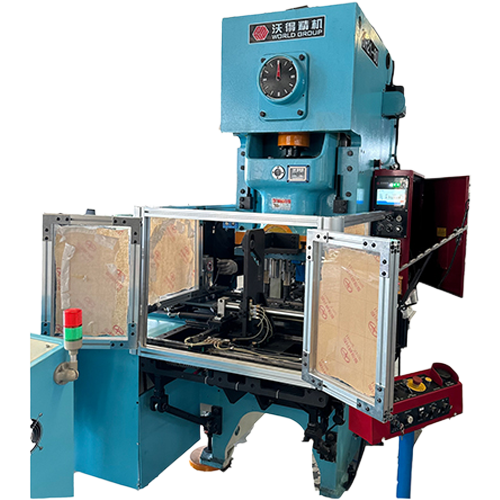What are the special operating requirements or precautions for the three-roll mill when processing iron sheets?
Pre-operative preparation: Before operating the three-roller machine, you must ensure that the machine is in working condition. This includes checking that the power connection is secure, the wires are loose or broken, and confirming that the power supply is stable. The drive train is the central part of the rolling mill and must be ensured to operate flexibly and without unusual noise or stuttering. At the same time, safety devices, such as emergency stop buttons, protective covers, etc., must be complete and functioning properly. In addition, the rollers of the rolling mill and the blades of the crimping machine are key components in getting the job done. Their sharpness and effectiveness directly affect the quality and efficiency of iron plate forming. Therefore, these parts should be inspected regularly and cleaned and lubricated if necessary to ensure smooth operation of the machine. Depending on the specific sheet iron material and the required drum specifications, we need to make precise adjustments to the height and width of the three-roll mill. This is to ensure that during operation, excessive tension or loosening of the material will not cause excessive tension or damage to the equipment.
Iron plate processing requirements: Before operation, we need to ensure that the surface of the iron plate is clean and free of impurities such as oil, dust, etc. These impurities not only affect the molding effect, but may also cause damage to the machine. In addition, the size of the iron plate also needs to conform to the processing range of the machine, especially the thickness, which should be 0.2 to 0.3 mm to ensure smooth forming.
Notes on the operation process: When placing the iron plate on the roller press, you need to ensure that it is flat and the head is between the rollers. This helps the material roll in the correct direction, avoiding deformation or jamming. At the same time, the rolling speed needs to be reasonably controlled according to the material and processing requirements of the iron plate. Too much speed can cause the iron plate to slide or deform, while too little speed wastes time and resources. Adjusting the pressure of the three rollers is also a link that needs attention. Excessive pressure may cause excessive deformation of the iron plate, thereby affecting the accuracy and quality of the finished product; while too low pressure may cause rolling failure or poor forming effect. We therefore need to make precise adjustments on a case-by-case basis.
Special Note: Iron plates with bumps or burrs are not allowed in machine processing. These bumps or burrs can cause machine failure or damage, or even be dangerous to operators. Therefore, we must strictly control the choice of materials to ensure that the surface of the iron plate is smooth and free of bumps or burrs. It is also very important to regularly check the operating status and lubrication of the three-roll mill. This helps us to detect and resolve potential problems in a timely manner, ensure stable operation of the machine and extend its service life. , We must strictly follow the operation manual and usage guide provided by the equipment manufacturer. These manuals and guidelines are developed based on the characteristics and operating requirements of the equipment and are an important basis for ensuring safe and correct operation.
Recommended Products


 EN
EN
 中文简体
中文简体 English
English













